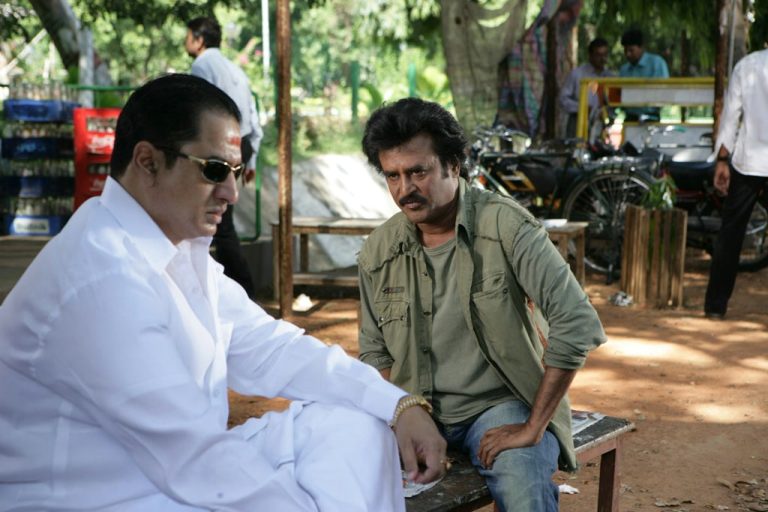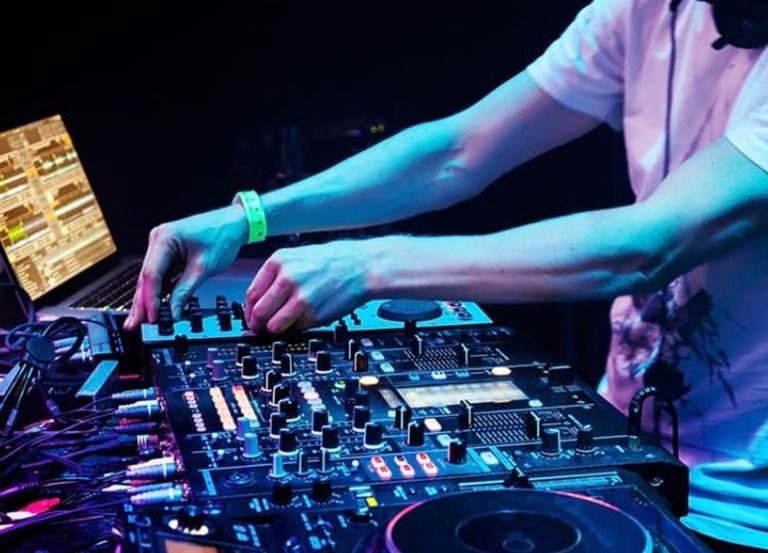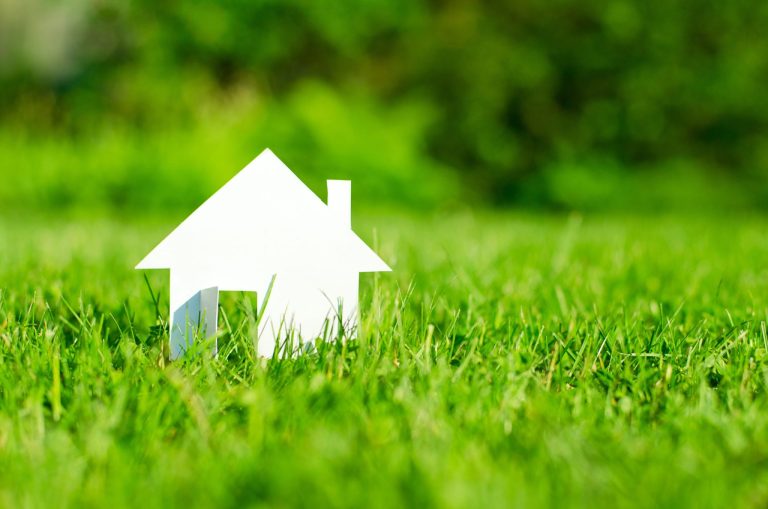
Making your unique scent is a fun and intimate project. Understanding the technique of mixing several smells can let you create a fragrance totally unique. A harmonic and long-lasting scent is created by combining several essential oils and fragrance notes, therefore attaining the ideal perfume. Learning how to make your own perfume gives a world of opportunities to produce a very original scent that captures your tastes and character.
Analyzing the Essential Ingredients in Perfume
Understanding the three main components of every fragrance top notes, middle notes, and base notes helps one to master the art of perfume production. Every one of these components helps to create the whole scent experience and has a particular function in the fragrance pyramid. While middle notes center the perfume, top notes are the first smells you detect when it is first sprayed. The basis for the scent is created by base notes, which also offer the depth and impression that last.
Making Perfume Using Ingredients
Choosing the correct elements comes next in developing your scent. One can classify the smell components into groups including floral, fruity, spicy, and woodsy. The objective is how to make your own perfume; thus, you should select components that accentuate one another. Think about the interactions of the smells you most appreciate. Rose or jasmine, for instance, would mix wonderfully with the depth of sandalwood or the sweetness of vanilla.

Value of Juggling Fragrance Notes
A well-rounded scent requires careful balancing of your fragrance elements. Every layer of your fragrance ought to flow naturally into the next. One should not allow one note to take front stage among the rest. To strike the ideal mix between your top, middle, and base notes, you might have to play about with several combinations and ratios. A balanced scent is one whereby every layer is unique but adds to the whole olfactory experience.
Testing and Refining Your Fragrance
Testing and honing your perfume come next once you have mixed its components. Making perfumes is sometimes a trial-and-error procedure; hence, it’s crucial to let your work grow.
- Test combos beginning with little quantities.
- Allow the aroma to develop for a few days before changing anything.
See how your perfume develops over several days of aging. Making changes and testing will enable you to idealize your fragrance. Use tiny batches always to allow you to change and adapt as necessary until you have the scent you want.






